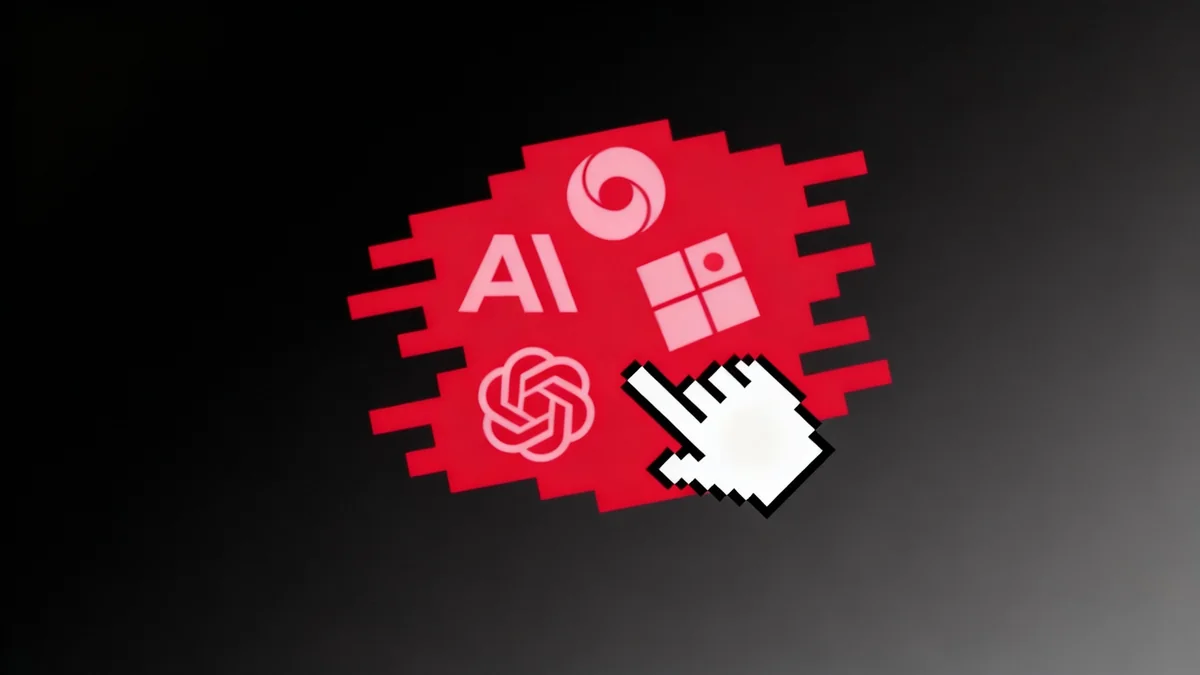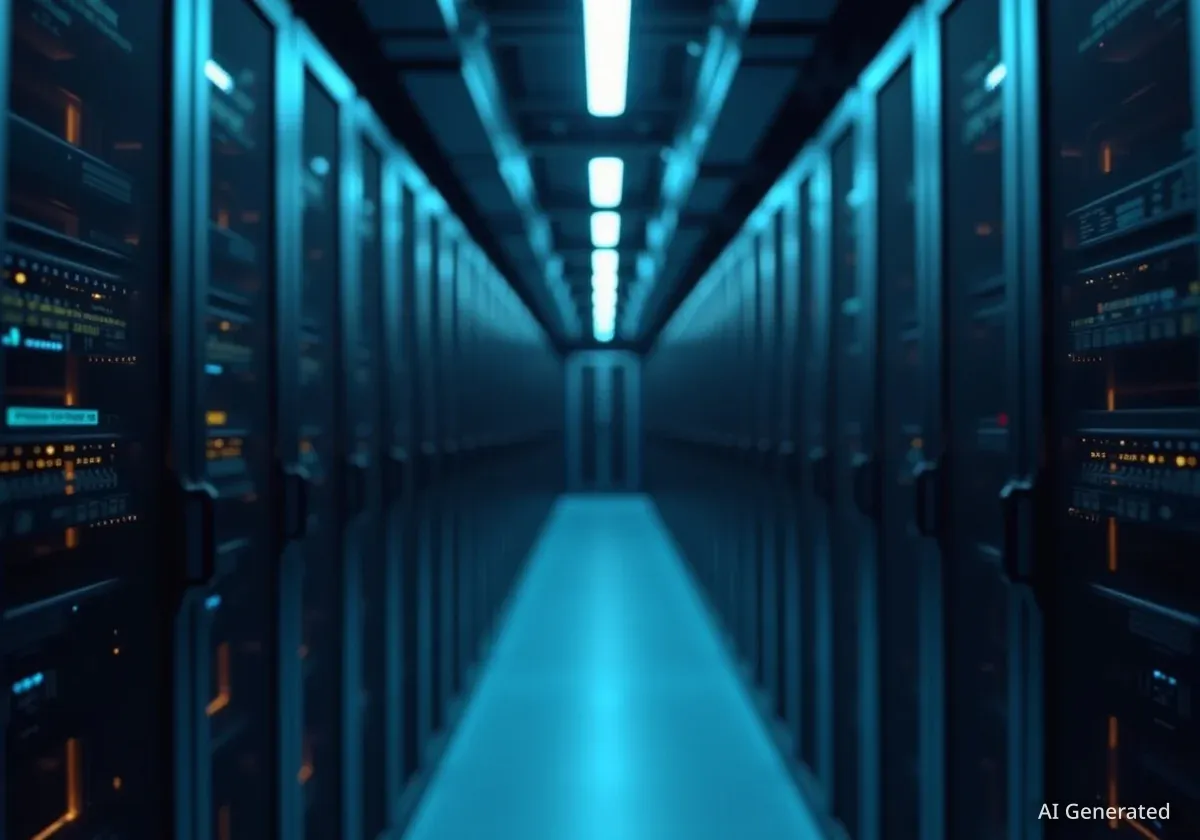OpenAI has introduced a new artificial intelligence tool named Aardvark, designed to autonomously find and help fix security vulnerabilities in software code. Powered by the company's advanced GPT-5 model, the system operates as an 'agentic security researcher,' aiming to assist developers and security teams in protecting software before flaws can be exploited.
The tool is currently available in a private beta program, where select partners are testing its capabilities in real-world environments. Aardvark continuously analyzes code, identifies potential weaknesses, validates their exploitability, and proposes ready-to-implement patches.
Key Takeaways
- OpenAI has released Aardvark, an AI agent powered by GPT-5 that automates software security analysis.
- The system identifies, validates, and suggests fixes for vulnerabilities by mimicking the process of a human security researcher.
- In benchmark tests, Aardvark successfully identified 92% of known and synthetically introduced vulnerabilities.
- The tool has already been used to find and responsibly disclose numerous security issues in open-source projects, resulting in ten official CVE identifiers.
- Aardvark is now in a private beta phase, with plans for broader availability in the future.
A New Approach to Code Security
Software vulnerabilities represent a significant and growing risk across all industries. In 2024 alone, more than 40,000 new Common Vulnerabilities and Exposures (CVEs) were reported, highlighting the immense challenge faced by security professionals.
Aardvark was developed to address this challenge by shifting the balance in favor of defenders. Unlike traditional security tools that rely on methods like fuzzing or software composition analysis, Aardvark uses large language model-powered reasoning. It approaches security by thinking like a human expert would—reading and understanding code, forming hypotheses about potential flaws, and then testing them.
This method allows it to uncover complex issues that might otherwise be missed. During internal testing, OpenAI found that approximately 1.2% of all code commits introduce new bugs, a small percentage that can lead to significant consequences if left unaddressed.
How Aardvark Operates
The system works through a continuous, multi-stage pipeline that integrates directly into a developer's workflow, primarily through platforms like GitHub. This process is designed to be thorough and produce high-quality, actionable results with a low rate of false positives.
The Four-Stage Process
Aardvark's operation can be broken down into four distinct steps, moving from high-level understanding to a concrete solution.
1. Comprehensive Analysis
Upon connecting to a code repository, Aardvark first conducts a full analysis to build a threat model. This model serves as its foundational understanding of the project's security goals, architecture, and potential weak points.
2. Continuous Commit Scanning
With the threat model established, the AI actively monitors new code commits. It inspects changes in the context of the entire codebase to spot potential vulnerabilities as they are introduced. For existing projects, it can also scan the repository's history to find dormant issues.
3. Rigorous Validation
Once a potential vulnerability is identified, Aardvark doesn't just flag it. The agent attempts to trigger the flaw in an isolated, sandboxed environment. This crucial step confirms that the vulnerability is exploitable in the real world, which helps security teams prioritize the most critical threats.
"Aardvark describes the steps taken to help ensure accurate, high-quality, and low false-positive insights are returned to users."
4. Automated Patching
After confirming a vulnerability, the system integrates with OpenAI Codex, another AI tool specialized in code generation. It produces a suggested patch to fix the issue, which is then attached to the security finding for a human developer to review and approve with a single click.
Proven Effectiveness in the Field
Before its public announcement, Aardvark was used for several months within OpenAI and by a select group of external alpha partners. The tool has already demonstrated its value by identifying significant vulnerabilities in internal systems, strengthening OpenAI's own defensive posture.
Partners have noted the depth of Aardvark's analysis, with reports of it finding complex bugs that only manifest under specific, hard-to-replicate conditions.
Impressive Benchmark Performance
In controlled tests using repositories containing known and synthetically created vulnerabilities, Aardvark achieved a 92% detection rate. This high recall demonstrates its effectiveness in real-world scenarios.
The tool has also been applied to open-source software, a core component of the modern digital ecosystem. Through this initiative, OpenAI has discovered and responsibly disclosed numerous vulnerabilities. To date, ten of these findings have been officially recognized with CVE identifiers, contributing to the security of widely used software.
Commitment to a Safer Digital Ecosystem
Recognizing the importance of open-source software, OpenAI plans to offer pro-bono scanning for select non-commercial projects. This effort aims to help secure the software supply chain that underpins countless technologies.
In conjunction with this new tool, the organization has also updated its coordinated disclosure policy. The new policy emphasizes a developer-friendly, collaborative approach over rigid disclosure timelines, which can sometimes place undue pressure on developers. The goal is to foster sustainable collaboration as AI tools like Aardvark are expected to increase the discovery rate of security bugs.
By catching vulnerabilities early, validating their real-world impact, and providing clear fixes, Aardvark represents a new, defender-first model in cybersecurity. The private beta is currently open for applications from organizations and open-source projects interested in participating.





